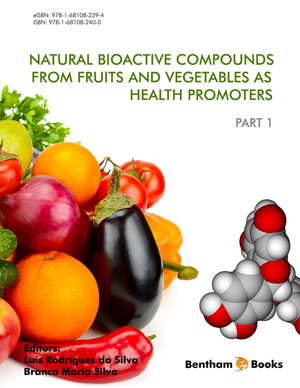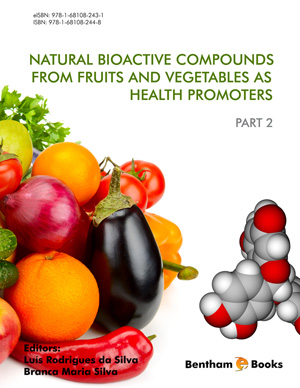Abstract
Pomegranate fruit (Punica granatum) has been widely studied as a dietary component that is an important source of biologically active compounds. Mainly in the over the last ten years, much research has been done into what concerns the health benefits of this fruit (peel, seeds and juice) producing encouraging results to prevent and treat specific diseases such as obesity, diabetes, neurodegeneration and cancer. Additionally, the use of pomegranate by traditional medicine as antidiarrheal, antihelminthic, diuretic and digestive, has been also reported in ethnobotanical studies. Pomegranate is described as containing a very high content of polyphenolic compounds when compared to other fruits or vegetables, namely ellagitannins and hydrolysable tannins and flavonoids (anthocyanins, flavones and isoflavones). These phytochemicals have been identified for their many health benefits including its very high antioxidant activity and anti-inflammatory, antitumor, antimicrobial activities, among others. Considering that polyphenols have been widely reported to counteract the oxidative stress effects in different model systems, this chapter will highlight the phytomedicinal potential of pomegranate by describing its health impact and mechanisms of action in oxidative stress-related conditions. In addition, its origin, production, consumption and traditional uses will be briefly discussed and those related to its phytochemical composition and health promoting properties, namely those related to its antioxidant activity will be detailed.
The main focus will be the action of pomegranate in oxidative stress-related diseases, including inflammatory processes, cancer, diabetes, cardiovascular diseases and neurodegenerative disorders. Bioavailability aspects will also be presented.
Keywords: Cancer, Cardiovascular diseases, Diabetes, Inflammatory processes, Natural antioxidants, Neurodegenerative disorders, Polyphenols, Pomegranate, Heart-disease, Punica granatum.







